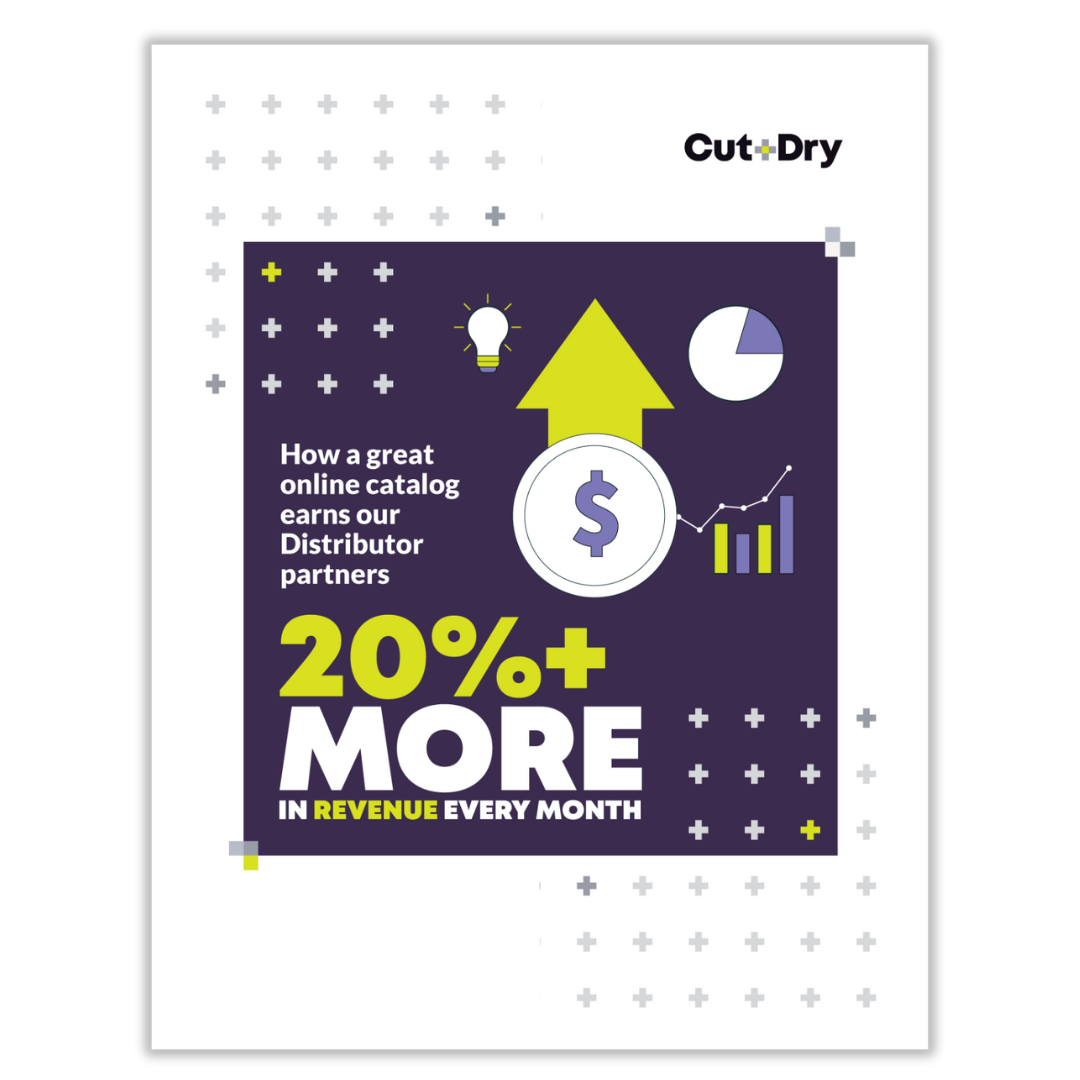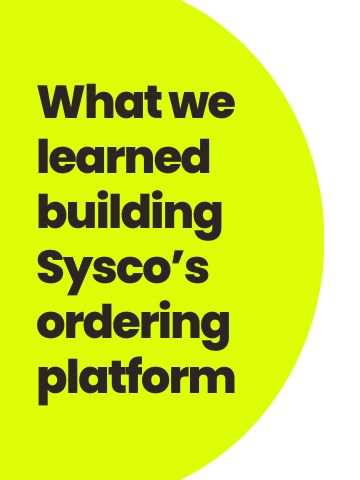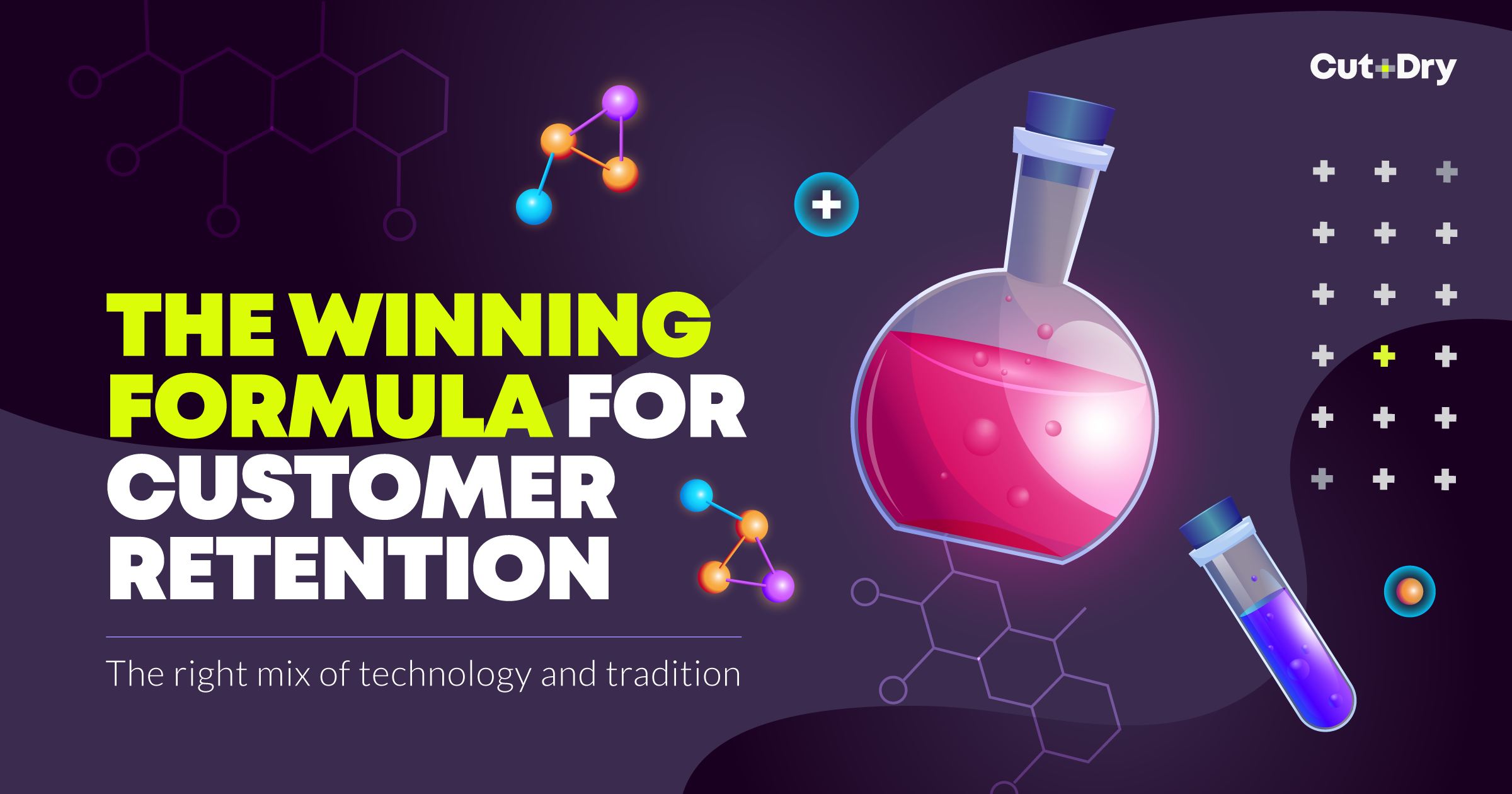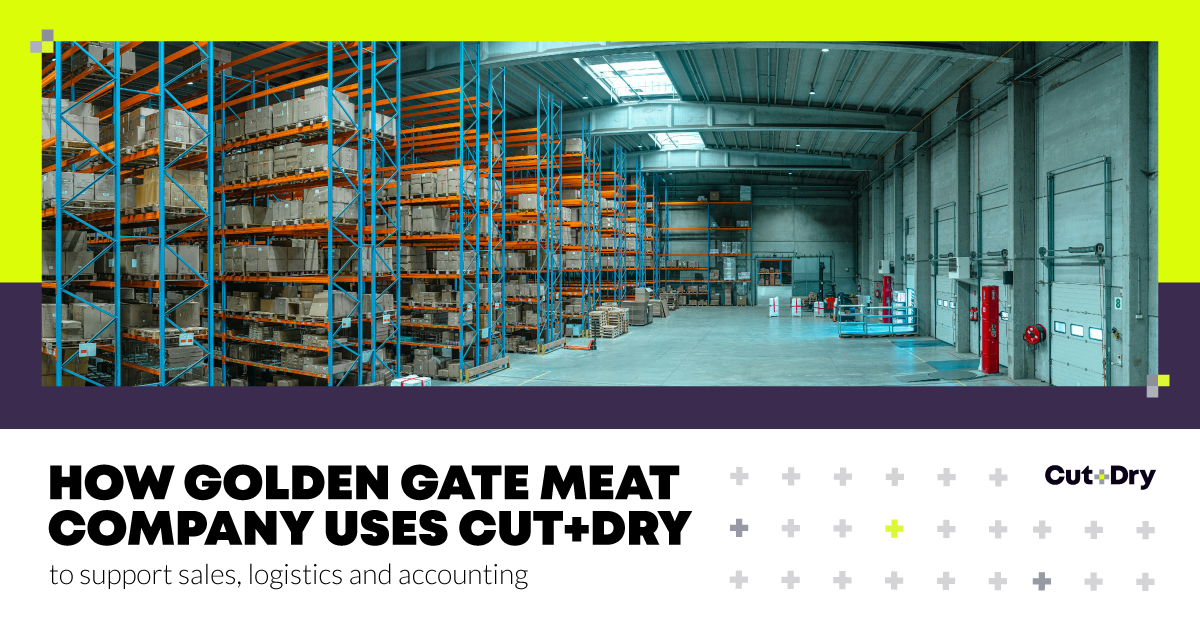
Recessionary periods are terrible for businesses. It's doubly worse for restaurant and foodservice businesses because a drop in disposable incomes and consumer confidence means consumers tend to cut back on non-essential spending like dining out. An overall shrinking of business activity, like reduced corporate and event spending, and lower travel and tourism also affects demand for foodservice businesses. As a result, foodservice businesses may be forced to cut down on labor costs and face tighter credit constraints which makes business operations challenging.
As the world emerges out of the Covid pandemic, the foodservice industry still grapples with pandemic-related impacts. The ‘Great Resignation’, which saw 50 million workers quit their jobs, had a disproportionate impact on the accommodation and foodservice industry which has experienced consistently higher than average quit rates. This labor shortage causes supply chain disruptions, which inevitably leads to higher operating costs.
The foodservice industry is sensitive to changes in consumer behavior and economic conditions. During recessions, foodservice businesses must adapt quickly to meet this evolving and challenging landscape. Technology can play a significant role in helping foodservice businesses in this situation. The fallout from the pandemic and subsequent recession is unlikely to ease soon so here are some ways that technology can be leveraged to accelerate foodservice businesses during this economic downturn:
Automation
Technology can take over menial and mundane tasks that are performed by human labor so that staff can be better aligned to drive revenue for the company. It can also be used to streamline internal processes and increase operational efficiency. From self-serve kiosks, automated burger flippers and robot servers in restaurants, to inventory management systems, order tracking systems and routing software in food distribution, automation has already propelled efficiency to newer heights in the foodservice industry.
Data Analytics
Advanced data analytics tools can generate insights into operations, business management, customer behavior, preferences and trends which are useful to understand.
Foodservice businesses can invest in new and emerging technologies like Artificial Intelligence which can help accurately measure, predict or forecast things like what items customers purchased, the price at which these were purchased and analyze them against other customer data like past buying behaviors, their disposable incomes etc.
These technologies can aggregate purchasing behaviors of several thousands of customers to deduce or predict trends and changes. By understanding these needs and patterns, a company can tailor offerings, pricing and marketing strategies to meet those needs and improve the chances of a successful sale. Customers will also be more satisfied with their experience leading to higher engagement, retention and even a higher basket value.
Business Intelligence (BI) software can also be useful for foodservice businesses to gather, analyze and visualize data from various sources to better understand how to operate their business. Key performance metrics can be condensed into interactive dashboards, reports and visualizations to help make better business decisions.
Digital Marketing
Marketing budgets are usually the first in line for trimming when costs are high, but with social media and digital marketing strategies businesses can ramp up marketing efforts at lower cost. Digital marketing strategies like search engine optimization (SEO), social media marketing, email campaigns, and content marketing are often more effective now than traditional advertising and can generate broader awareness, attract new customers, and drive conversions.
For example:
Integrated marketing helps increase share of wallet and is a key component of a strong operator engagement strategy. In-app messages are delivered
- at the right place
- at the right time
- to motivate operators to complete specific actions.
Customer Support
Customer retention and repeat purchasing is crucial to maintaining business during a downturn. A superior customer service experience can help foster this relationship.
AI-powered chatbots and customer support assistants can instantly ramp up customer service by delivering prompt responses to customer queries. Food distributors can use these bots to reply to repetitive or frequently occurring queries, saving labor which can be better utilized elsewhere. These bots can also successfully triage and route more advanced queries for sales reps to respond to. Quick and efficient customer service will lead to higher customer satisfaction and retention as well.
Internet of Things (IoT)
IoT devices can be installed in warehouses, trucks, kitchens and dining areas to collect data on customer movements, equipment performance, inventory, energy consumption and other ‘white noise’ data which can be extremely insightful when analyzed.
IoT devices which measure inventory levels in the warehouse can be used to trigger an alert to the distributor's purchasing team when stocks are running low, or they can be used for truck or equipment maintenance, allowing staff to optimize their labor and time.










